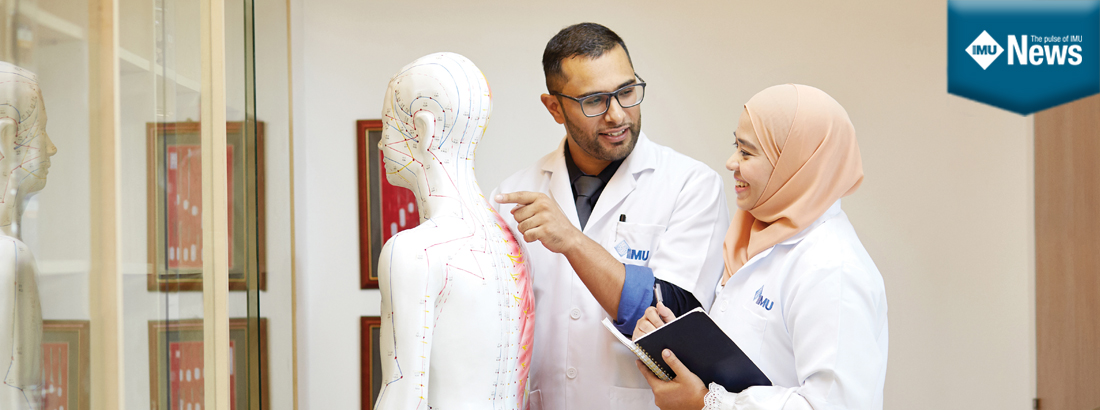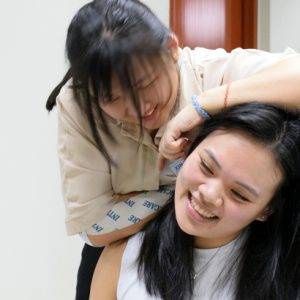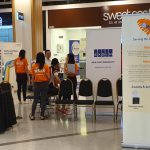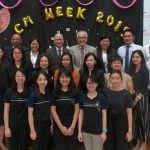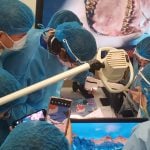Acupuncture originates from Traditional Chinese Medicine (TCM) and is one of the most popular complementary therapies in the Western world. The insertion and manipulation of needles along specific body points often used for a range of health problems is a traditional Chinese treatment. However, a therapeutic adaptation of the traditional treatment or commonly associated with western medical acupuncture at medical health practice is nebulously confusing to the public.
To muddle more confusion into the mix, there are now people offering something called dry needling, which seems suspiciously like acupuncture despite its name. So, what is the difference between these manifold needling therapies? The difference between western and eastern acupuncture is clearly manifested. Conceptually, the western model uses anatomy, physiology and western medical principles, while eastern is philosophy based – much more about Yin, Yang and Qi.
TCM acupuncture is based on the belief that it can restore the flow of Qi, which is often translated as vital energy and circulate through channels connected to body organs and functions. On the other side of the coin, medical acupuncture, performed by medical doctors, premised on treatment strategies on points within the body that lend themselves to pain and tension relief, is largely associated with soft tissue repair and pain management. Dry needling, often used by physical therapists and chiropractors to release muscle knots and trigger points, is commonly used for treating musculoskeletal conditions. Obviously, the outcomes for medical acupuncture and dry needling are chiefly symptomatic centric, drawing distinctions from TCM acupuncture which is grounded on a holism approach – that is treating the whole body, rather than targeting the problem alone. Ironically, even though there are clear distinctions between TCM acupuncture, medical acupuncture and dry needling, those lines are becoming blurred. Eastern and Western philosophies are marrying.
There is a big shift in focus between medical acupuncture and the oriental principles of acupuncture. From the origin of teaching – the perspective of human health and the interpretation of symptoms – right through to the application of treatment. The phenomenon to search the broadest practice of Chinese Medicine, by learning an entire healing paradigm that’s based on Taoist philosophy and the belief that human body’s organs are systems that mutually support each other, from western medical community is growing hype.
| IMU MSc in Acupuncture’s Students |
|---|
| Dr Yap HL, a western trained medical doctor with further specialisation in Anaesthesia, repeatedly made referrals to acupuncture for reducing her quantity and dosage of medications required for her chronic pain patients when administering her pain patients. However, she found out acupuncture treatment does not always work wonders for every patient and is constantly keen for an answer to check how acupuncture may help. She decided to enrol into the part-time IMU Master of Science in Acupuncture programme and set aside her western approach in medicine to better understand the entirely new medical subject. She is eager to utilise the newly acquired knowledge by integrating it into her current western medicine practice in anticipation of providing the best treatment possible to her patients.
Dr Lim KS, a medical officer practicing in a government hospital has an inspiration to see patients survive and thrive from diseases as the biggest satisfaction in his medical career. He realised occasionally some individuals would present with complaints that do not respond well nor showing abnormalities when managed with modern medicine techniques throughout his practice. Time and money will be spent seeking effective treatment but to no avail, and their condition can be so disturbing that it renders them unable to function normally in their everyday lives. He cited a lower back pain patient for four years since postpartum, who has completely recovered from two acupuncture treatments. Prior to that, a series of physical examination including lumbosacral spine radiography and CT-scan were ordered yet these were unable to detect any abnormality and pain killers became an interim remedy temporarily. This interest him to journey through new knowledge that he can gain from MSc Acupuncture programme with the aim to combine the both practice for providing patients an optimum and wide-ranged outcome. While the underpinnings of Chinese medicine are thousands of years old, this does not mean that practitioners are stuck in the second century. Acupuncturists and practitioners of Chinese medicine also base their treatments on current research and clinical evidence.
Chinese Medicine Practitioner cum post-graduate student, Amelia Ang SY, is a graduate of the pioneer cohort of the IMU Bachelor of Chinese Medicine programme to receive a degree from RMIT University, Australia via the credit transfer collaboration between the two universities. She joined IMU Healthcare to work as a Chinese Medicine practitioner, since graduation. After a few years of practising at IMU Healthcare, she realised that there is an increasing demand for traditional and complementary medicine service, especially evidenced-based Acupuncture. She is enthusiastic towards the new hybrid medicine — integration of the modern medicine and the Chinese Medicine, in mainstream healthcare and is looking forward to the inter-professional learning from the IMU Master of Science Acupuncture, together with western medicine professionals. |
In a nutshell, acupuncture is widely considered a safe treatment when conducted by a qualified practitioner. Remarkably, it is the difference in education that can vary widely in clinical competencies. Acupuncture modality consistently demands rigor clinical hours training based on Chinese Medicine theory. Importantly, the controversy behind these therapies is that many professionals believe that its dubious term is coined so the people performing it can bypass any kind of meaningful training.
Acupuncture is being performed in hospital emergency rooms today. Patients are learning that this medicine is growing in popularity. Patient education and awareness of various needling term need to be clarified — because of the wide disparity in training, before any practitioner places needles in your body, it would be a good practice to ask them about their specific training to do so. Most importantly, the notion of acupuncture practice acknowledges the importance of living in tune with the surroundings to balance health, both in body and in mind. It is a mindful practise with a variety of benefits for those in the right education setting and clinical competency training.




